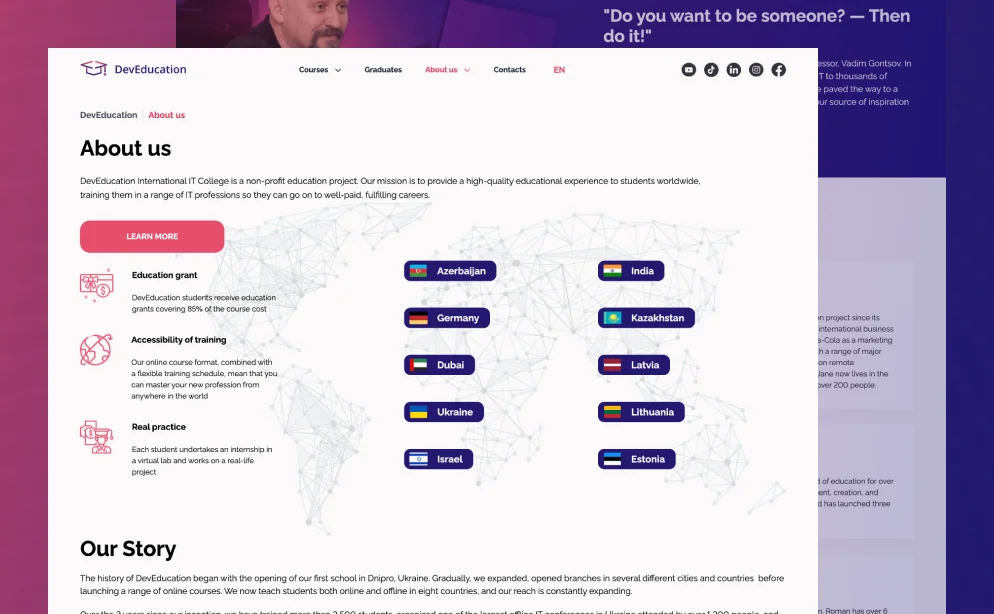According to Groove, so much of a remote team’s success boils down to identifying whether or not someone would be a good fit during the hiring process. It will also provide you with an understanding of the ways in which your leadership style is impacting your team, for better or worse. When employees feel heard, seen, respected, and valued for their contributions, they are more likely to contribute and invest their best efforts in accomplishing team goals. When each team member is better able to contribute their own problem-solving superpower, magic happens! In order to help your team collaborate better, you’ll need a team assessment tool.

In a more personal setting, you and your team may feel more open to discussing career growth and opportunities for professional development. All these tools can quickly overwhelm your employees and fill their work hours with inefficient communication. Streamline the methods to talk with your staff to just a few tools with a more significant impact. Doing so will help your team spend less time bogged down in managing their apps and more time working on something more productive. Managing remote teams poses different challenges than managing an in-office team.
At-home distractions that drive productivity down
As a team leader, it’s your duty to foster a better collaborative environment whether it’s in the office or over a virtual communications platform. By helping your team better understand their own problem-solving superpowers as well as those of their team members, you can work together in a more productive manner and achieve success faster. When your team members feel uninspired to bring their best ideas and skills to the table, often what’s lacking is a sense of their own part in the overall mission of the organization. This sense of a mutual investment in the shared goals of the team is harder to remedy in a remote work environment because there is less opportunity for team-building. In less than a years’ time, both organizations and workers suddenly began to believe that remote work could actually work.
- For example, if you’re managing a content writing team, your team members might naturally be used to working on projects by themselves.
- But according to Toptal themselves, it’s not necessarily a lack of productivity or software that trips up would-be successful remote teams—it’s culture.
- Distributed teams are teams with members that are spread out in various different places.
- Make it a point to have a discussion that gives you a learning about their personality.
- Simply send your team a message to gauge their mood or well-being, or add questions in your standups to act as temperature checks.
A remote team—especially a global one—enables you to provide services 24 hours a day in new languages and regions. This is especially helpful for sales and customer service teams, allowing them to build better relationships with clients and customers. Remote workers may sometimes have specific schedules or shifts, especially if they work in customer service. But many remote workers can work flexible hours and build their workday around their life—not the other way around.
Employee engagement analytics: What and how to measure
It is possible to have very successful remote teams despite the challenges. To create and maintain productive, efficient, and engaged remote teams, companies must carefully plan and implement the right strategies. It is still possible to work effectively with distributed teams, despite the challenges. Distributed teams can be a flexible and adaptable tool for companies when properly planned and implemented. When setting up any type of call center, you’ll need to set up a cloud-based phone system so call agents can use software programs and the internet to log into your system. These tools create a seamless environment for your call agents to work together and share information in real-time regardless of their physical location.
With technology, managers still have the control they need to lead their teams to success without the need for weekly (or daily) face-to-face meetings. It was also once believed that only large companies could take advantage of the benefits of using distributed teams. The reality is that distributed teams work well for companies of every size, even smaller companies. Advancements in technology have given businesses the ability to set up distributed teams, remote teams, or both. From a practical sense, either the distributed team model or the remote team model could be right for your company. From personal to professional milestones, HR leaders need to make sure remote employees feel that their company cares about them.
#6: Streamline processes wherever possible 📈
Creating a remote work policy will allow you to communicate all the rules and processes instantaneously to everyone in the company and have a source of truth to help you resolve any challenges. When you hire employees from other countries, you must follow the laws of the employee’s home country, how to hire a remote team not those of the company’s home country. Truly global companies generate contracts and conduct work compliant with a wide range of labor requirements, like paid time off or tax documentation. Remote-first companies let employees work from home without any sort of regular commute to an office.

Because then you won’t have to invest in dozens of bloated, expensive tools that overlap in features. Instead you can move toward a remote culture quickly by using all-in-one tools that have a range of features and integrations. Basecamp co-founder Jason Fried consistently hammers home his belief that face-to-face meetings are notorious time-wasters and that remote work should represent high-quality work. In a similar vein, Jason says that meetings and micro-managers as the two biggest drags on productivity for a team. Like the other examples of remote teams on this list, the folks at Buffer rely on instant messaging to go back and forth and share updates with each other.

If fully remote working is not feasible, they’re exploring the option of hybrid teams. When you’re working remotely, making sure your most-used apps can integrate with each other can save you lots of time. There are many popular task and project management apps that offer integrations with Microsoft Teams, such as ClickUp, AttendanceBot, and MURAL. Having such a relatively compact toolkit—don’t forget to have a communication app!

Schedule a weekly Teams meeting with remote employees and ensure there is dedicated time to catch up. Setting time aside weekly to connect allows remote employees to feel noticed, voice any concerns, or give them the guidance they need. Building trust with your employees is a crucial aspect of remote team management. It allows your teams to feel more confident and comfortable within their work, boosting their productivity.
